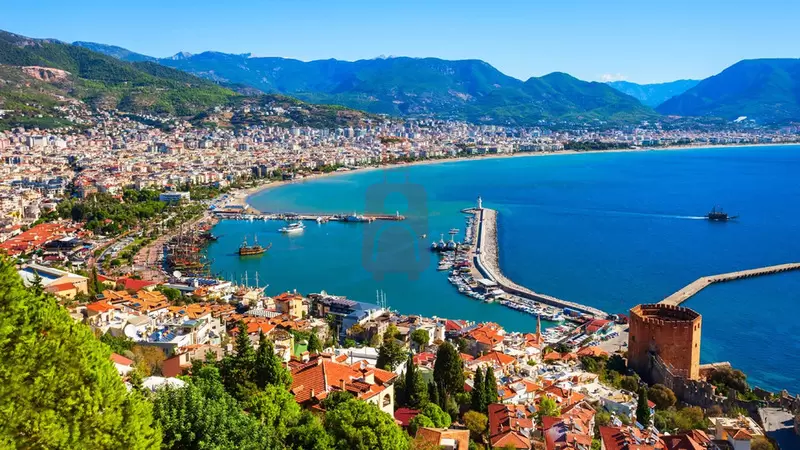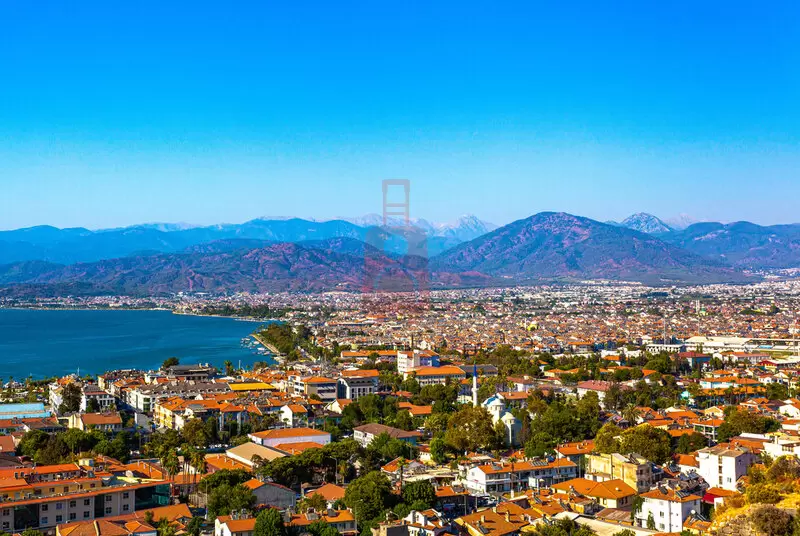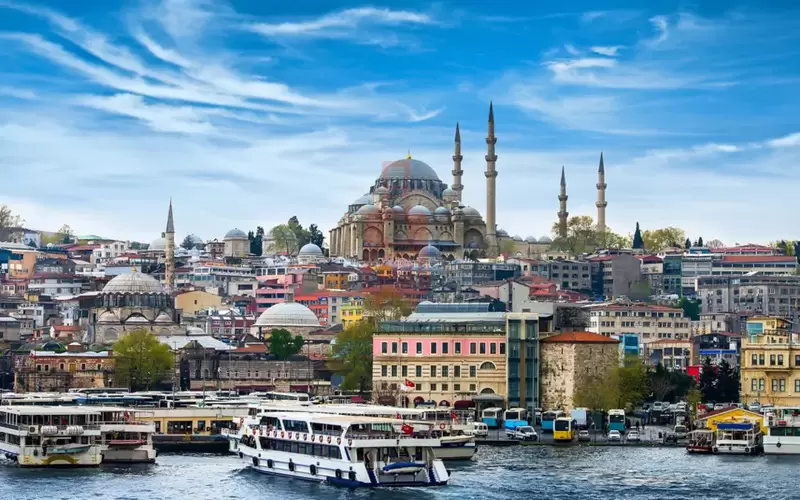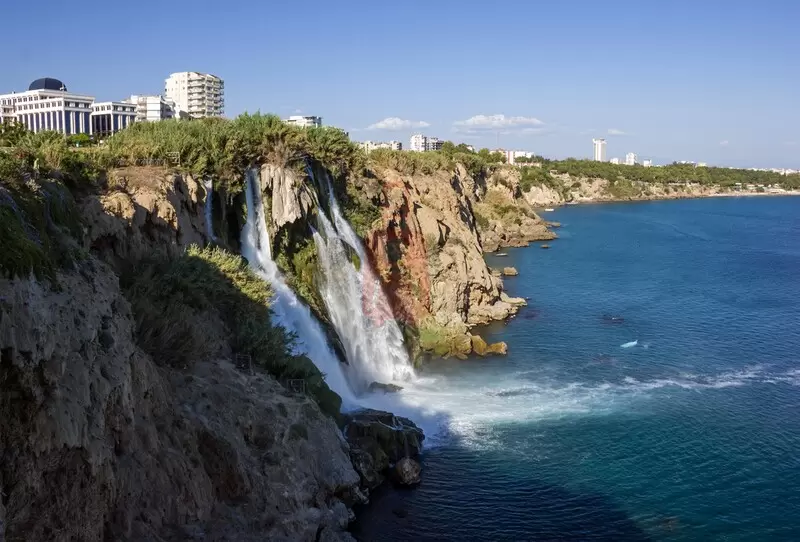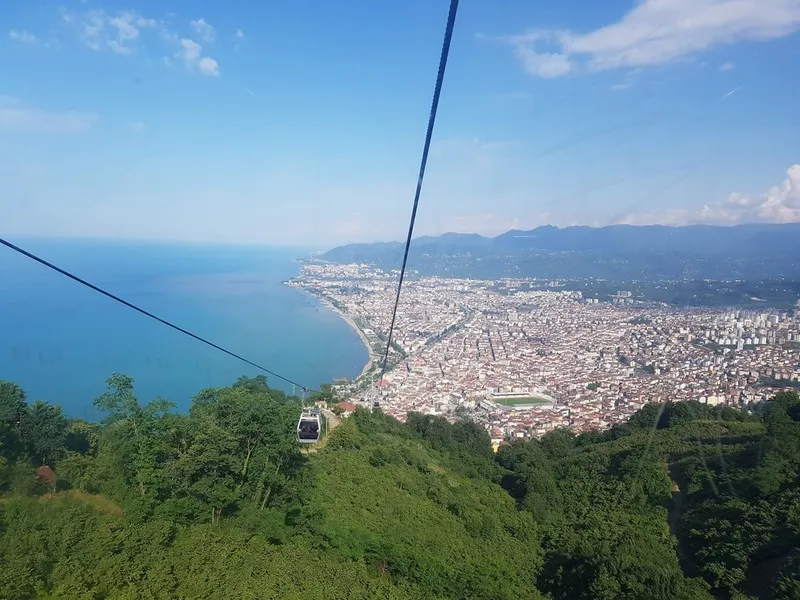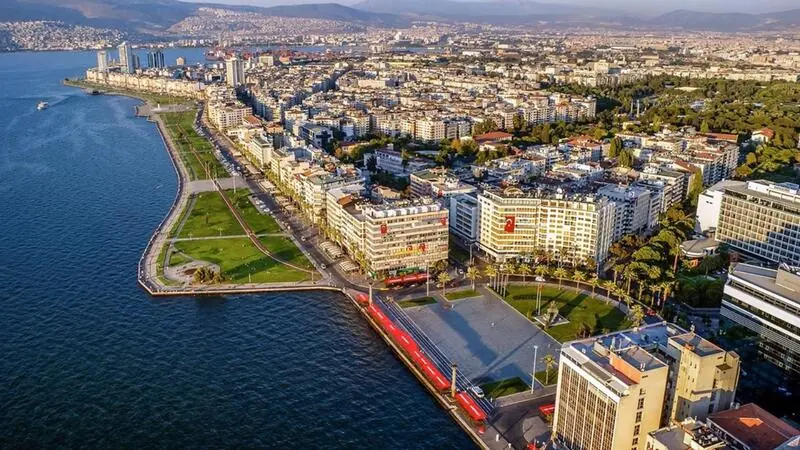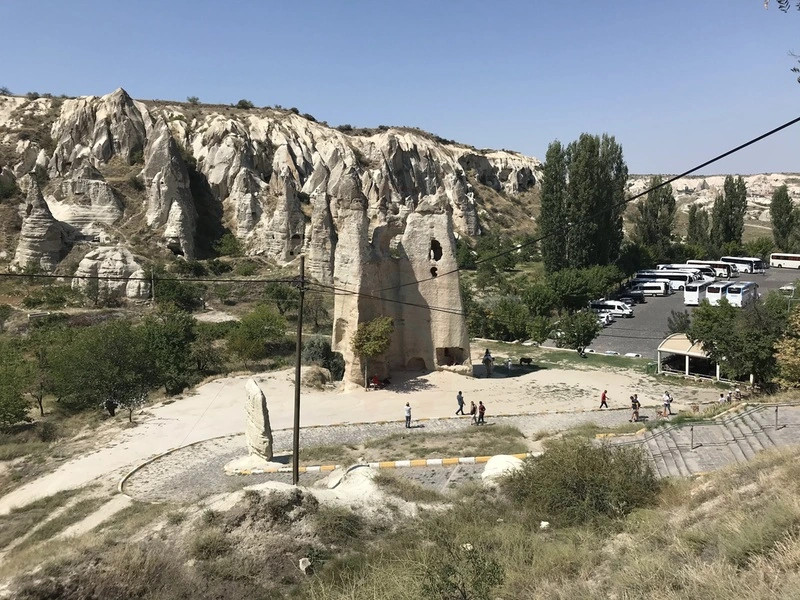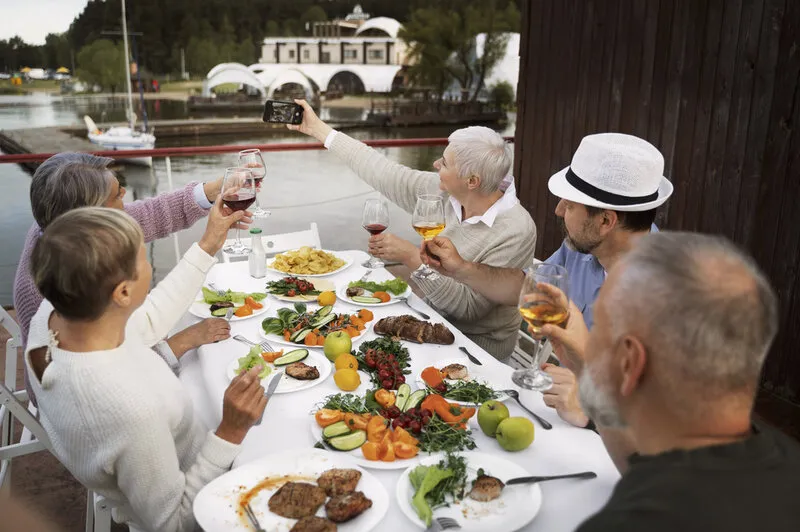
Culinary Tours in Türkiye: A Gastronomic Odyssey Across Seven Regions
Türkiye’s cuisine is a profound reflection of its history, geography, and cultural crossroads. A [Culinary Tour] here is a multi-sensory adventure, demanding not just appreciation for gourmet dining but also courage for authentic street food and reverence for ancient culinary traditions. The country’s diverse climates, ranging from the olive groves of the Aegean to the pistachios of Mesopotamia, have created a food culture that is layered, complex, and intensely satisfying.
As your professional guide, I assert that a true culinary tour of Türkiye requires a strategic route focusing on distinct regional specialties. This detailed guide explores the essential cities that define Turkish gastronomy, from the street food capital of [Istanbul] to the UNESCO-recognized flavors of [Gaziantep], ensuring your palate experiences the full spectrum of Anatolian tastes.
I. The Imperial Metropolis: Istanbul’s Layered Gastronomy
[Istanbul] is the ultimate starting point for any food and drink adventure, offering everything from centuries-old Ottoman desserts to cutting-edge New Anatolian cuisine and a legendary street food scene.
Street Food and Urban Rituals
The [Eminönü] and [Karaköy] districts are the heart of Istanbul's street food culture:
- The Classics: Start with a [Simit] (or gevrek in İzmir) and a glass of Turkish tea, the country's most iconic breakfast ritual. At [Eminönü] and the [Galata Bridge], the iconic [Balık Ekmek] (freshly grilled fish in bread with greens) and a cup of tangy [Turşu Suyu] (pickle juice) are mandatory.
- Late Night Delights: The late-night scene is ruled by [Kokoreç] (spiced and grilled lamb intestine, served in bread) and [Midye Dolma] (mussels stuffed with spiced rice), found at portable stands in [Ortaköy] and [Kadıköy].
- Historical Desserts: Visit [Vefa Bozacısı] for traditional [Boza] (a thick, fermented millet drink served with cinnamon) or try [Islak Hamburger] (wet burger) in [Taksim].
Fine Dining and New Anatolian Cuisine
For a high-end experience, Istanbul offers many Michelin-starred restaurants that reinterpret Turkish heritage (such as [TURK Fatih Tutak] or [Neolokal]). The [Kadıköy] market area is home to [Çiya Sofrası], famed for collecting and serving authentic, regional Anatolian recipes from across Türkiye.
II. Southeastern Anatolia: The UNESCO Food Capital
The Southeast is the land of spices, pistachios, and rich meat culture. [Gaziantep] is a must-visit, holding a place in the [UNESCO Creative Cities Network] for Gastronomy.
Gaziantep: The Balance of Spice and Sweet
Gaziantep cuisine is complex and features a brilliant interplay of sweet and savory:
- Kebabs and Meat: Sample the famous [Küşleme] (tenderized lamb fillet), [Beyran Çorbası] (a rich, spicy lamb soup traditionally eaten for breakfast), and specialized regional kebabs.
- The Sweet Crown: A visit to the [Bakırcılar Çarşısı] (Coppersmiths' Bazaar) should be followed by a tour of the city's famous [Baklava] shops, where the quality of the [Antep Pistachio] is unrivaled. Don't leave without trying [Katmer] (a sugary pistachio and clotted cream pastry).
- Museums: The [Emine Göğüş Gaziantep Culinary Museum] and the [Zeugma Mosaic Museum] offer cultural context for the region's historical agricultural wealth.
The Regional Spice Route: Hatay and Şanlıurfa
The neighboring cities offer equally compelling, yet distinct, flavors:
- Hatay: The cuisine of [Hatay] blends Turkish and Arab flavors, renowned for its rich mezzes, [Künefe] (a syrup-soaked cheese pastry), and [Tepsi Kebabı] (minced meat baked on a tray).
- Şanlıurfa: This region focuses on spice, famous for its [Isot] (chili flakes) and rich, spicy [Urfa Kebab]. The area is also a hub for [Çiğ Köfte] (raw or cooked bulgur patties with intense spice).
III. Aegean and Black Sea Specializations
The coastal regions offer specialized food cultures that are lighter but equally authentic.
İzmir: Olive Oil and Herb Culture
[İzmir] and the surrounding areas (like [Alaçatı] and [Urla]) are the heart of the Turkish [Meyhane Culture] (tavern culture).
- Zeytinyağlılar: The food here emphasizes healthy, cold, [olive oil-based] vegetable dishes (zeytinyağlılar), fresh [Eagean Herbs] (like radika), and local seafood.
- Wine: The [Urla] region offers highly specialized [Wine Tasting] tours, sampling native Turkish grape varietals at vineyards like [Urla Şarapçılık].
- Breakfast: Savor the unique flavors of [Boyoz] (a flaky pastry unique to İzmir) served with a boiled egg.
Trabzon: The Rhythm of the Sea
The Black Sea is defined by its use of cornmeal and seafood.
- Hamsi (Anchovy): [Trabzon] is the capital of the [Hamsi] (anchovy). You must try [Hamsili Pilav] (anchovy pilaf) and fresh anchovy fried or grilled.
- Cornmeal Dishes: Savor [Muhlama] (or kuymak), a hearty dish of cornmeal, butter, and local cheese, often enjoyed at traditional restaurants in highland areas like [Uzungöl] or [Ayder Yaylası].
IV. Planning Essentials for the Culinary Traveler
A culinary journey requires a flexible stomach, strategic logistics, and an open mind.
- Festivals: Time your trip with one of the major [Gastronomy Festivals], such as [GastroAntep] (September) or the [Adana Lezzet Festivali] (October), where you can sample dozens of regional dishes and watch cooking demonstrations by master chefs.
- Local Markets: Always visit the [Local Markets] (pazar) in each city (especially the central bazaar in [Gaziantep] and the market streets in [Kadıköy], Istanbul) to discover seasonal ingredients and interact directly with farmers and producers.
- Transportation: Utilize domestic flights for long transitions (e.g., Istanbul to Gaziantep) and rely on walking tours or short, affordable taxis for navigating market districts.
- Budget: Türkiye offers incredible value. While [Fine Dining] (Michelin-starred venues) can be expensive, excellent, authentic meals can be found affordably at esnaf lokantaları (tradesman's restaurants) and street stands.
A [Food and Drink Trip] through Türkiye is a culinary odyssey that serves as a delicious, intimate history lesson.
